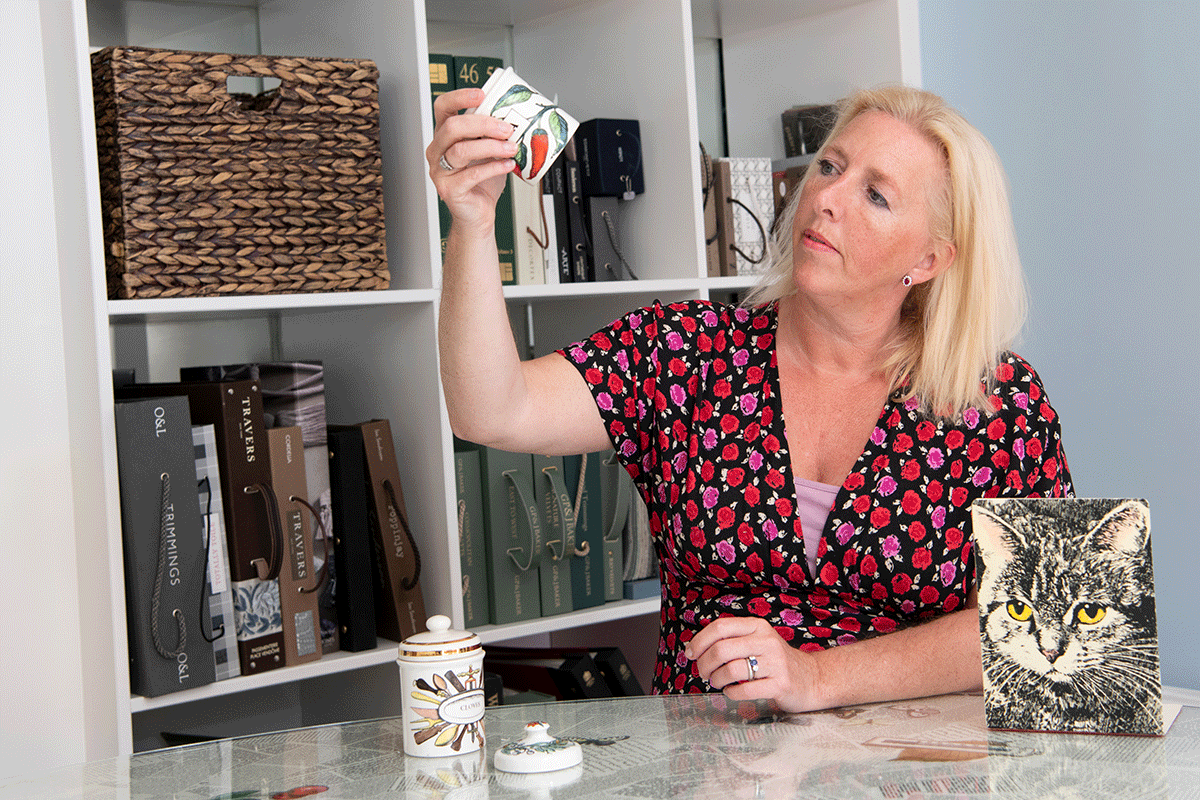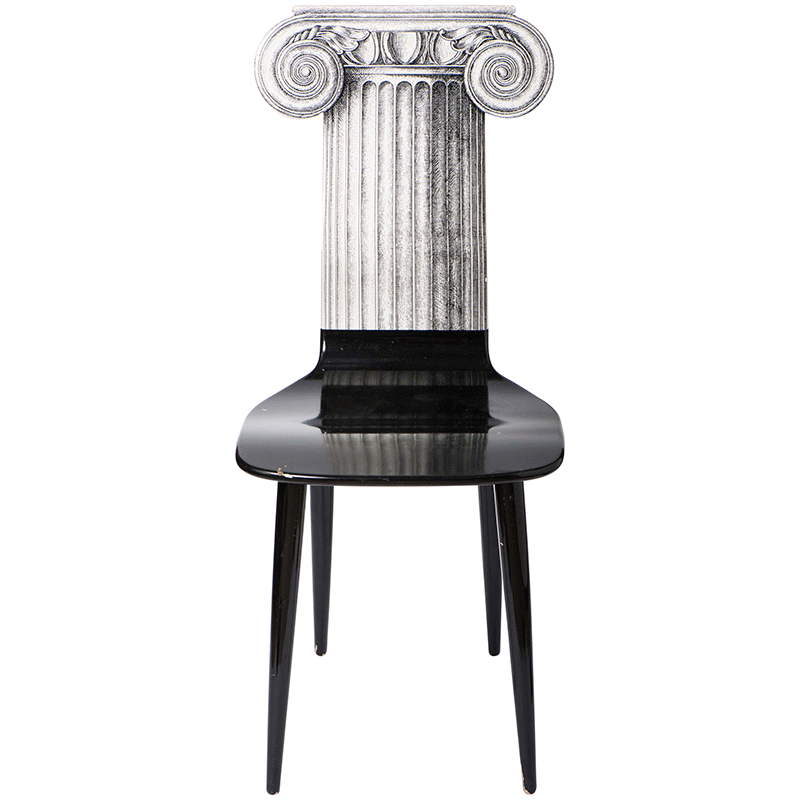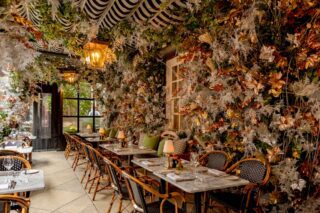This website uses cookies so that we can provide you with the best user experience possible. Cookie information is stored in your browser and performs functions such as recognising you when you return to our website and helping our team to understand which sections of the website you find most interesting and useful.
This antiques expert shares her tips on finding rare and vintage pieces for classic interior style
By Tempus | 19 May 2020 | Lifestyle, Style
Holly Johnson Antiques has supplied Oprah Winfrey, Janet Jackson and Marco Pierre White with antique furniture

Holly Johnson Antiques has been supplying valuable antiques to her high-profile clients in the UK and America – including the likes of Oprah Winfrey, Janet Jackson, chef Marco Pierre White, Woody Allen, and David and Victoria Beckham – for many years, as well as working with London-based designers on private residences and hotel projects.
Trained at Christies, Johnson developed her career at Bonhams before specialising in 19th Century Exhibition Furniture at the major London fairs, working closely with charismatic antiques expert and TV presenter David Dickinson.
“Historically, the definition of an antique was an item over 100 years old. Now the description is a lot more fluid. For example, mid-century modern items which are typically around 50 years old can be classed as prized antiques,” Johnson tells Tempus. “Antiques are often ahead of their time in design and were regarded as Avant Garde items at the time of manufacture and prized fashionable pieces to own. So, in a way antiques were the very ‘fashionable pieces’ of their time. These are the items which then go on to transcend time. For example, we can see this with the Regency period, where designers were classically inspired such as the very influential Thomas Hope and the Scottish designer John McLean.”
To capture the trends in antiques, Johnson advises buyers start with well-known designers and quality, authentic materials. “Collectable antiques are often made by well-known designers, and are housed in private collections and museums around the world,” she says. “Also, antiques are made with the highest quality materials. For example, the 18th Century furniture maker Gillows of Lancaster and London made heavy use of exceptional grade mahogany wood. Similarly, the Arts and Crafts used English Oak.
“A more modern example can be found in the 1980s Italian-based Memphis Group – a design and architecture group, founded by Ettore Sottsass, well known for their post-modern, abstract and colourful furniture, ceramics, glass, and metal pieces.”
Based in Cheshire, Holly Johnson Antiques now specialises in ''Signed and Designed'' items of furniture. These rare pieces are superbly crafted by specific designers and craftsmen, with an emphasis on early 20th-century British craftsmen. The company also deals in decorative and aesthetically pleasing works of arts by Modern British artists, with an emphasis on Northern School Artists. >>

“Being established for many years, we often get approached by private clients wishing to sell individual items or even whole collections,” she says. “That said, we do search out those special pieces ourselves, often on family holidays. For example, we once came across a fabulous early Piero Fornasetti Table in a small antique shop in Cape Town, and then on an outing in Scotland we discovered in another small shop a very rare, and considerably large piece of 19th Century Blue John natural stone.”
For new buyers, Johnson recommends beginning with your home, before visiting local LAPADA and BADA approved antique dealers. “If you’re new to antiques the best thing to do is start with one room in the house and decide where you’d like to put your item. Get an idea of the size of the area where it will be placed as this will help narrow your options when you go shopping. Good pieces to start with are accessory items such as lamps, art, mirrors or side tables as opposed to larger pieces of furniture. Take a photograph of the room so when you go shopping you can refer to it and picture the piece in your home.”
Then, let your own interests guide you. “Although it may sound obvious, make sure you actually really like the item you choose and you enjoy its aesthetics. As with any decorative item, they are completely subjective to the owner’ personal taste, so what I may enjoy may not appeal to you, and so forth. That is the joy of collecting antiques, everything has its own unique personality and identity.
“Focus in on the pieces that really stand out to you,” she says. “Take your time checking over it, look for authenticity marks, inspect any flaws and watch out for modern fixings as these are often an indication that the piece has been altered. The antique seller will most-likely welcome any questions and should be able to give you an insight into the date and history of the items you like. If they can’t, you may not be in a reputable store.”







